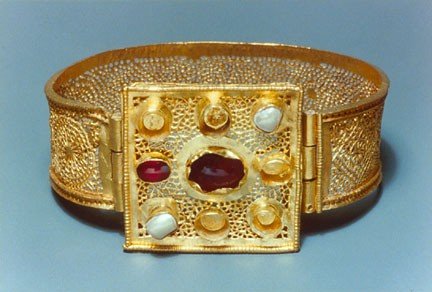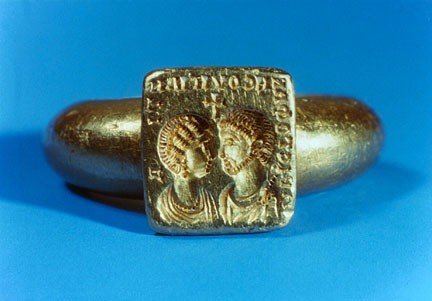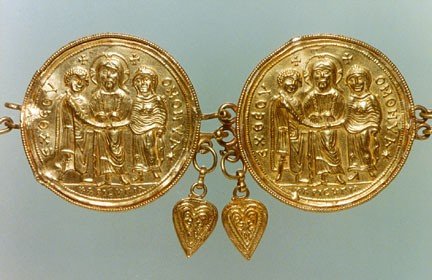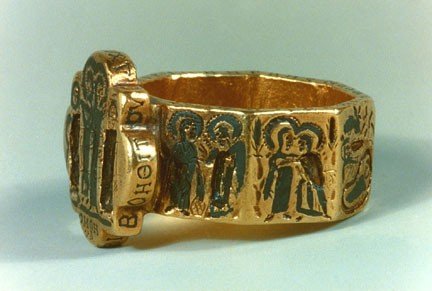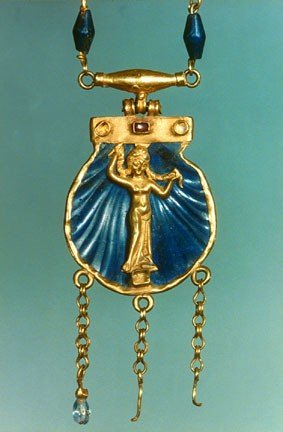I have always been most interested in the Byzantine Royal Family or Families when it comes to royal and European history. I suppose it's because of the fact that I'm Greek and they, as Greeks, dominated European culture and history for more than 500 years. They were, certainly, the most revered, powerful, wealthy, and illustrious monarchy in Europe and The Middle East during the Middle Ages. I was wondering if anyone else shared my interest in the Byzantines, as I most certainly find them perhaps some of the most fascinating figures of medieval and world history.
It will likely be no surprise to anyone who's heard my comments concerning the Greek Royal Family of modern days that I am no fan of the Oldenburgs, butI have always been most interested in the Byzantine Royal Family or Families, their predecessors, when it comes to royal and European history. I suppose it's because of the fact that I'm Greek and they, as ethnic Greeks (rather than Danish pretenders), dominated European culture and history for more than 500 years. They were, certainly, the most revered, powerful, wealthy, and illustrious monarchy in Europe and The Middle East during the Middle Ages. I was wondering if anyone else shared my interest in the Byzantines, as I most certainly find them perhaps some of the most fascinating figures of medieval and world history.
It will likely be no surprise to anyone who's heard my comments concerning the Greek Royal Family of modern days that I am no fan of the Oldenburgs, butI have always been most interested in the Byzantine Royal Family or Families, their predecessors, when it comes to royal and European history. I suppose it's because of the fact that I'm Greek and they, as ethnic Greeks (rather than Danish pretenders), dominated European culture and history for more than 500 years. They were, certainly, the most revered, powerful, wealthy, and illustrious monarchy in Europe and The Middle East during the Middle Ages. I was wondering if anyone else shared my interest in the Byzantines, as I most certainly find them perhaps some of the most fascinating figures of medieval and world history.
Last edited by a moderator:




